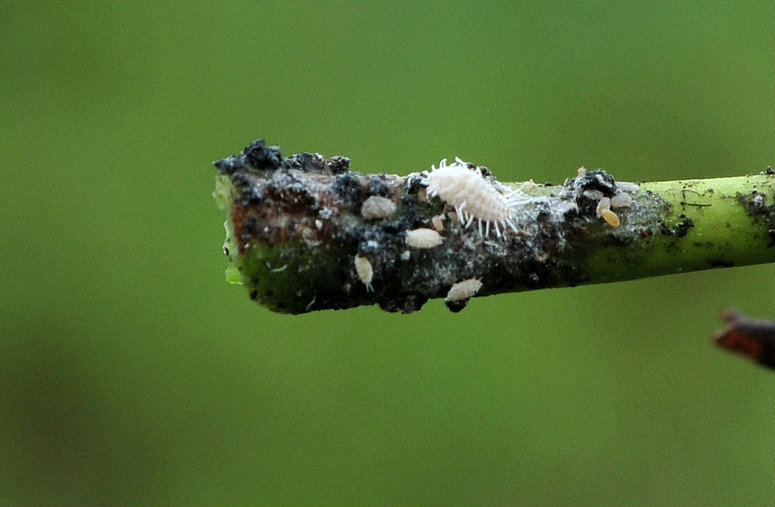By: Prime Sarmiento
Send to a friend
The details you provide on this page will not be used to send unsolicited email, and will not be sold to a 3rd party. See privacy policy.
[HANOI] Scientists in South-East Asia are calling for urgent moves using natural methods to control mealybug infestation that threatens to destroy the region’s cassava industry, which provides livelihood to millions of small-holder farmers.
Cassava is the third most important food and cash crop, next to rice and corn, in South-East Asia and is one of the region’s top exports. The mealybug, Phenacoccus manihoti, is spreading rapidly throughout the region, reducing cassava yields and hurting the income of small-holder farmers, says Kris Wyckhuys, the International Center for Tropical Agriculture’s lead entomologist in Asia.
“Chemical-based pesticides are not effective [against mealybugs],” says Trinh Xuan Hoat, deputy director at Vietnam’s Plant Protection Research Institute (PPRI). Previous studies have shown that pesticides are likely to destroy the beneficial insects which feed on mealybugs.
“We need to use natural pest management to control mealybug infestation,” Hoat says.
Their calls were among those presented at the international workshop on Invasive mealybugs in South-East Asia: Ecological insights to facilitate control in Ho Chi Minh city (9-11 December). Scientists and researchers from Asia, Europe and the United States discussed the ecology of mealybugs and ways to curb their spread.
Most of the participants believe that biological control and pest management are the best options, given that they are cheaper, more practical and environment-friendly. One way to naturally control mealybug, it was proposed, is by alternately planting crops that repel the insect.
The cassava mealybug is one of the most severe pests to infect the region’s cassava plantations. South-East Asia was free of mealybug until 2008, when the insect was detected in Thailand. It is still not clear how the mealybug came to the region — some experts cite climate change and trade among the factors that might have aided the pest.
The infestation spread aggressively throughout northern Thailand, but local authorities succeeded in quickly stamping it out with the use of wasps that killed the mealybugs in that area. By then, however, pests have invaded the fields of neighbouring countries Cambodia, Laos, Myanmar and Vietnam.
“It’s vital we act now to contain or control these major pests, diseases and threats to safeguard the livelihoods of countless South-East Asian cassava growers,” says Wyckhuys.
In Vietnam, authorities are trying to control the mealybug infestation but they have not succeeded so far in eradicating it, according to PPRI. Mealybug has also affected other plants including custard apple, papaya, pineapple, citrus and sugarcane.
Wyckhuys says CIAT will launch a series of training courses in Colombia and Vietnam in 2014 with national partners to bring together more than 70 researchers and top international experts to share information about rapid diagnostic tactics, diseases-free planting material, pest management techniques and ready-made curative technologies.
This article has been produced by SciDev.Net’s South-East Asia & Pacific desk.














